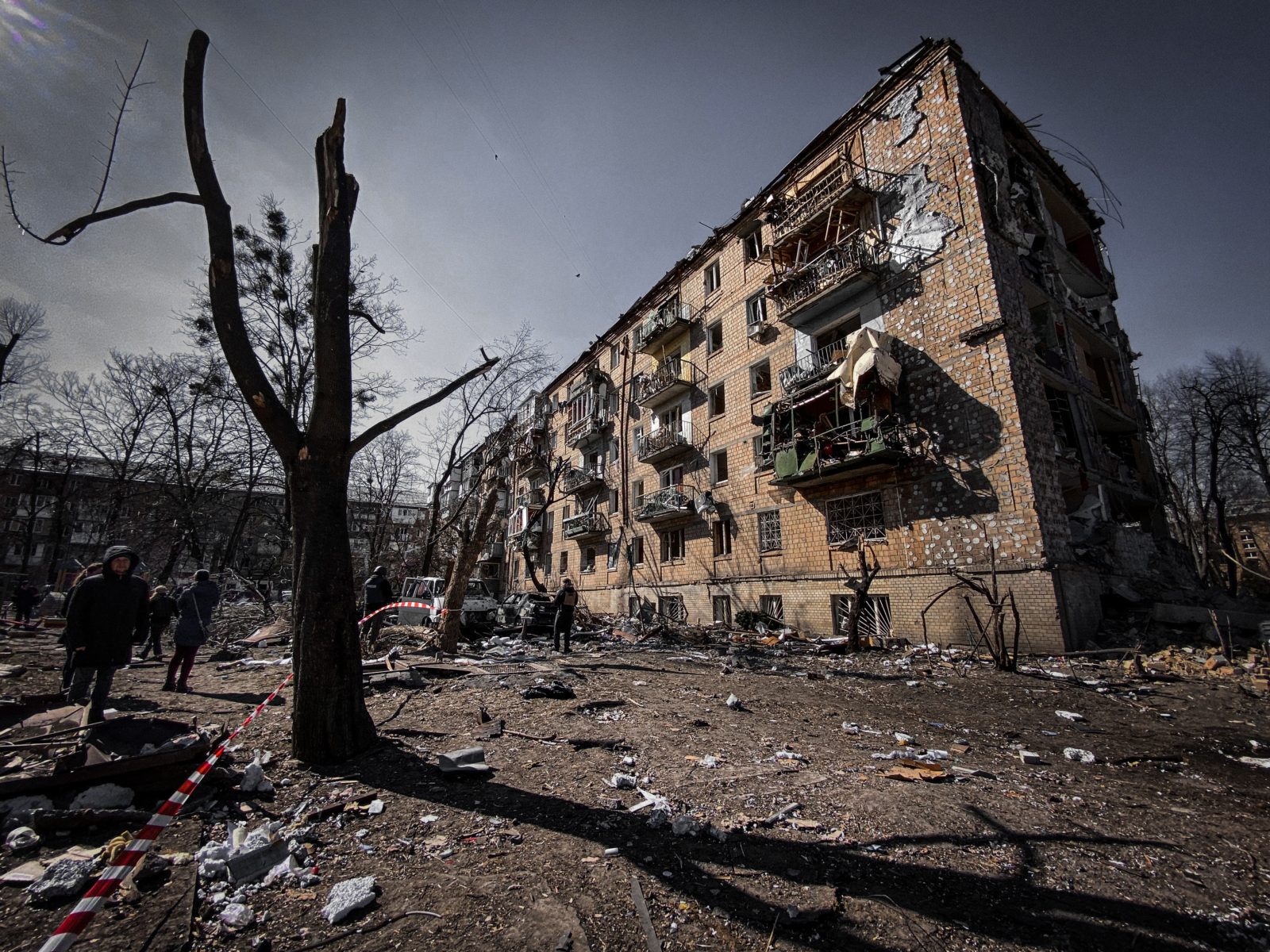The post-war reconstruction of Ukraine has been a challenging but necessary process, especially in the region known as Donbas. This area, which includes the Donetsk and Luhansk provinces, has experienced significant damage and displacement due to the conflict between the Ukrainian government and Russian-backed separatists.
The rebuilding effort in Donbas has been led by the Ukrainian government and international organizations, such as the European Union (EU) and the United Nations (UN). Their focus has been restoring basic infrastructure, such as roads and buildings, and providing humanitarian aid to those affected by the conflict.
One of the most significant challenges in the reconstruction process has been ensuring the safety of workers and aid workers in the region. Despite the ceasefire agreement reached in 2015, sporadic fighting and shelling continue to threaten those working on the ground.
Another challenge has been the landmines, which have been left behind in the region and pose a danger to civilians. Organizations like the Halo Trust have been working to clear these mines and reduce the risk of injury or death.
Despite these challenges, progress has been made in the reconstruction effort. Schools, hospitals, and other public buildings have been repaired, and steps are underway to rebuild damaged homes and provide new housing for those who have been displaced.
However, the reconstruction process is far from complete. The conflict in Donbas has significantly impacted the region’s economy, and restoring economic activity will be crucial to its long-term recovery. In addition, the ongoing conflict and political tensions in the region hinder progress.
Despite these challenges, the international community remains committed to supporting the reconstruction effort in Donbas and helping the people affected by the conflict. Through continued efforts and cooperation, there is hope that the region can be rebuilt and its residents can regain a sense of normalcy in their daily lives.





